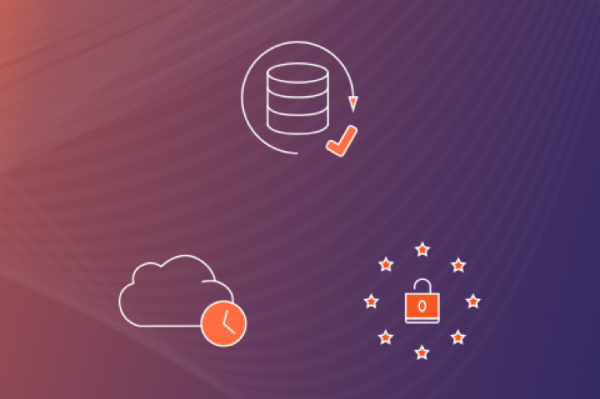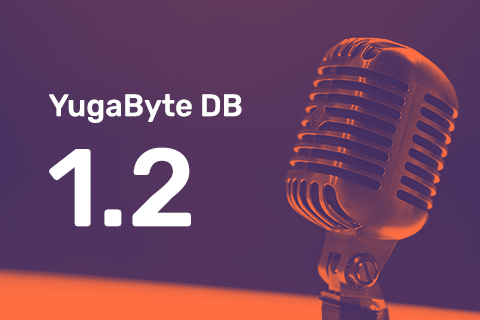Why Distributed SQL Beats Polyglot Persistence for Building Microservices?
Today’s microservices rely on data with different models and read/write access patterns. Polyglot persistence, first introduced in 2008, states that each such data model should be powered by an independent database that is purpose-built for that model. This post highlights the loss of agility that microservices development and operations suffer when adopting polyglot persistence. We review how distributed SQL serves as an alternative approach that doesn’t compromise this agility.
E-Commerce Example
Polyglot Persistence in Action at an E-Commerce App (Source: Martin Fowler)
Breaking down monolithic applications into smaller,
…









